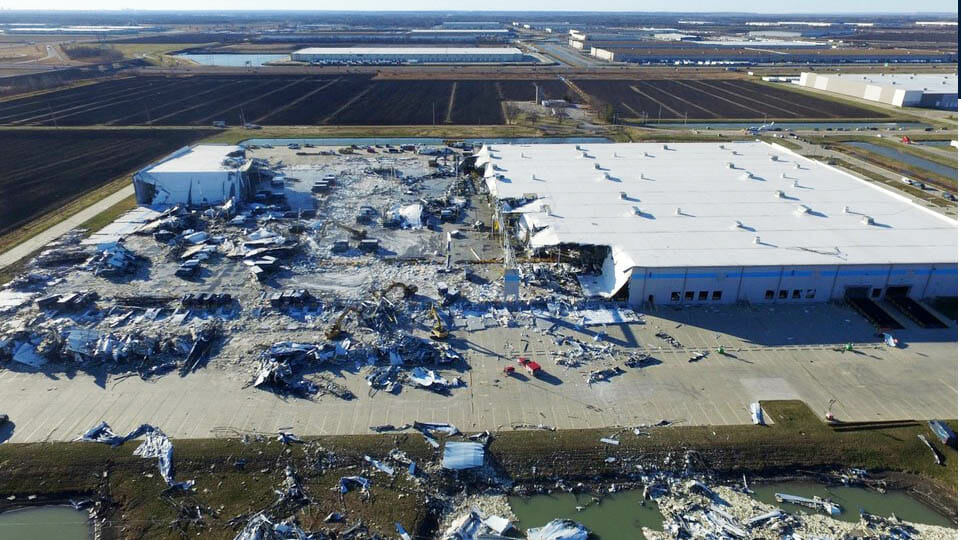To deliver quality fast and cheap, Amazon sacrificed the good that should have been a safe workplace for Craig Yost and his fellow warehouse workers. And Amazon is doing its best to make sure that this sacrificing — by workers — continues. The company has been actively exercising its considerable corporate power to prevent the one turn of events that could reliably keep Amazon on its safety toes: an active union presence at every Amazon worksite.
Earlier this year, Amazon quashed a landmark union organizing drive at its Bessemer, Alabama warehouse via assorted subterfuges that the Retail, Wholesale and Department Store Union’s national president would later describe as “intimidation and interference” that “prevented workers from having a fair say in whether they wanted a union.” A National Labor Relations Board regional office last month agreed and ordered a do-over on the election.
But let’s be careful not to pick only on Amazon. Within Corporate America, the brazen Bezos hostility to trade unions hardly stands alone. Our nation’s corporate giants have been on a ferocious 50-year offensive against collective bargaining.
Back in the mid-20th century, over a third of America’s private-sector workers belonged to unions. The U.S. Department of Labor reported earlier this year that only 6.3 percent of private-sector workers now carry union cards, this despite polling data showing that the share of nonunion workers who want a union at their worksite has increased markedly over recent decades.
Today’s tiny union presence in the private sector has beget wonderful results by every metric that truly matters for the corporate boardroom set. Corporate America’s squeeze on unions has kept wages low, share prices high, and compensation for top execs at stratospheric levels. Earlier this year, Institute for Policy Studies research revealed that the CEOs at America’s 100 largest employers of low-wage labor saw their personal compensation jump by $1,862,270 in 2020. Typical worker take-home at these same 100 companies rose — over the course of the entire year — by just $58.
The even bigger picture: Since 1978, the Economic Policy Institute reported earlier this year, CEOs at major U.S. corporations have now realized, after inflation, a pay hike of a whopping 1,322 percent. The typical worker earnings bump over the same four-plus decades: just 18 percent.
Officials at OSHA, the federal workplace safety agency, say their investigation into what exactly happened at Edwardsville may take as much as six months. OSHA simply doesn’t have the funding, that timeline illustrates, to keep adequate and timely tabs on the state of America’s workplace safety. Last year’s OSHA budget: just $591.2 million.
Some perspective: Over the past year alone, the personal fortune of Amazon’s Jeff Bezos has increased by over $4 billion, seven times OSHA’s total annual budget. His total fortune earlier this week weighed in at $194 billion. A mere 5 percent annual federal wealth tax on all those Bezos billions would raise enough funding to quadruple the annual OSHA budget — and then quadruple it again.
Sam Pizzigati co-edits Inequality.org. His latest books include The Case for a Maximum Wage and The Rich Don’t Always Win: The Forgotten Triumph over Plutocracy that Created the American Middle Class, 1900-1970. Follow him at @Too_Much_Online.

